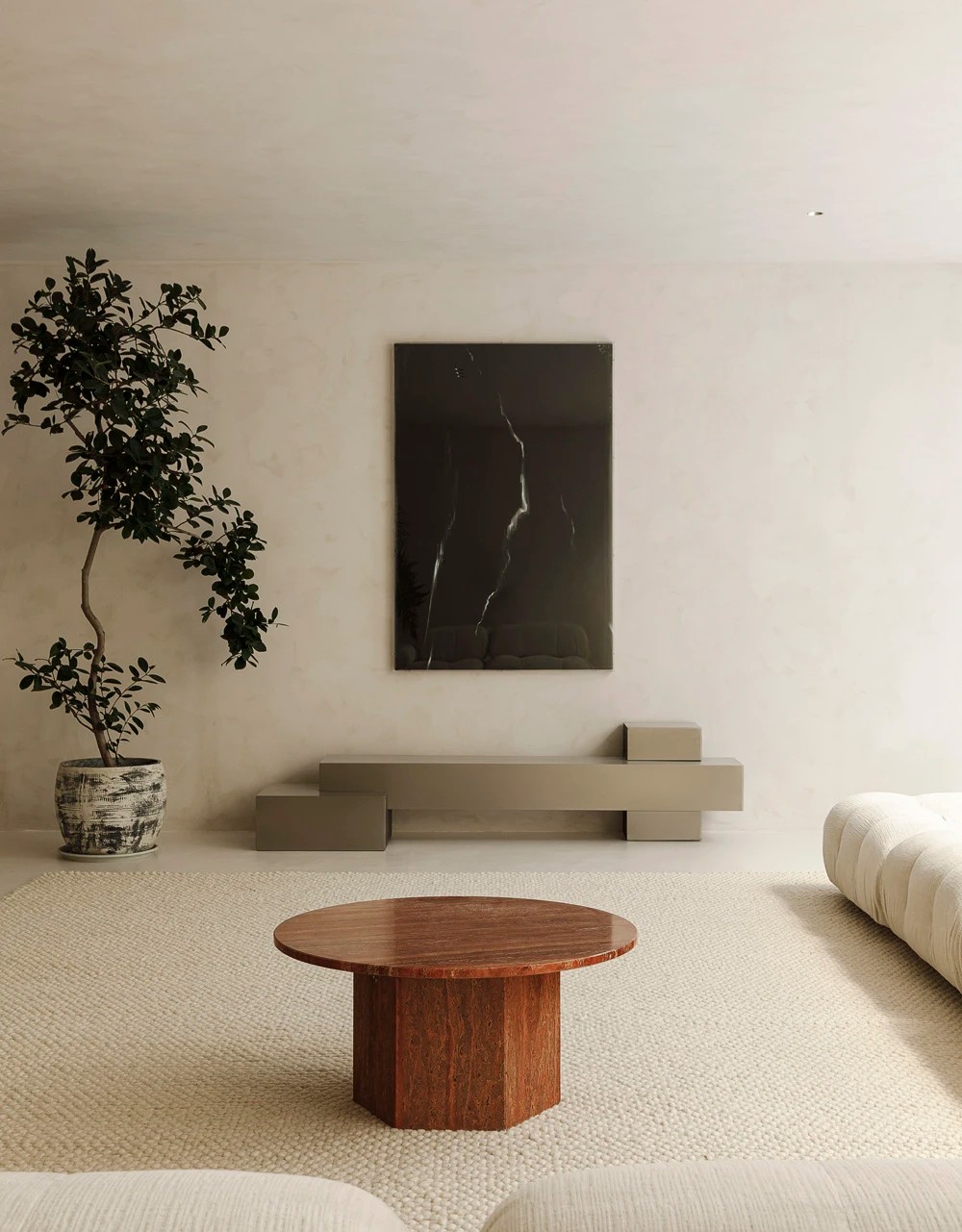The Re
2014-03-14 01:00
© Edward Hendricks
爱德华·亨德里克斯


架构师提供的文本描述。这座安静的低矮的半独立住宅与新加坡的许多房屋相似,大多建于20世纪70年代,这两座两层高的砖房现在正处于装修卓越的建筑寿命阶段。设计师们把这座古朴的社区的发展及其自然演变视为贾兰·宾昌67号设计灵感的主要源泉。他们集思广益,探讨如何在保持与现有建筑环境和谐的同时,扩大和振兴现有的半独立房屋。热带民居的历史和自然环境。设计师们把现有的建筑看作是研究一个需要适应新环境的活生生的有机体。他们决定用它的结构、组织的内在逻辑和意义作为设计的起点,而不是拆除它的嵌入历史,把它重新改造为全新的东西。并在这个预先存在的模式和结构的基础上,把它进化成一个新的形式和空间。
Text description provided by the architects. This quiet low-rise cul-de-sac of semi detached houses at Jalan Binchang is similar to many in Singapore. Constructed mostly in the 1970’s, the pairs of two storey brick houses are now at the stage in their building lifespan where renovation is eminent. The designers saw the development of the quaint neighborhood and its natural evolution as a main source of inspiration in the design of no. 67 Jalan Binchang. They brainstormed on how to enlarge and rejuvenate the existing semi detached house while maintaining a harmony with the existing built environment, the history of tropical residential buildings and with the natural environment. The designers looked at the existing building as one would study a living organism that needed to adapt to a new environment. Instead of demolishing its embedded history and reinventing it as something completely new, they decided to use its structure, its internal logic of organization and meaning as a starting point to the design, and to build upon this pre-existing pattern and structure to evolve it into a new form and space.
© Edward Hendricks
爱德华·亨德里克斯


建筑师们发现,研究空间如何随着时间和居民环境的变化而变化,从而延长建筑寿命是很重要的。同时,作为一种减少浪费的方法,可以节省项目成本,并尽量减少对邻居家的破坏。设计师们决定保留整个2层半独立的房屋,在这个建筑和新增加的2层加盖阁楼之间,保留新旧建筑物之间的空隙,将光线和风吹过房屋,以及使新结构独立于旧结构的沉降,维持现有房屋前面对公共空间、后置服务和私人二楼的内部逻辑,并将其转到侧边延伸处。
The architects find it important to study how space can evolve with time and with the changing conditions of the inhabitants so that the lifespan of construction can be increased. Also as a way of reducing waste, savings cost on the project, and minimizing disruption to the neighbor’s house, the designers decided to retain the entire 2-storey semi detached house on the site. Between this structure and a newly added 2 storey plus attic extension, a gap between the old and new structures was kept to bring light and wind through the house as well as to allow for the settlement of the new structure independently from the old. The internal building’s logic of the front facing public room, rear facing services and private second storey of the existing house was maintained and carried over to the side extension.
First Floor Plan
一层平面图


为了尽量减少材料,同时把这两座建筑连接起来,设计师们使用了房子的第五层高度,屋顶的形式,作为建筑物新旧部分的主要立面。他们将屋顶弯曲并折叠在房屋的顶部和侧面。这个屋顶被认为是传统倾斜的热带屋顶的演变,并保留了热带地区屋顶在视觉和功能上的重要性的历史。这种有机包裹的独立屋顶创造了一个独立的屋顶。在严酷的热带太阳和下面的内外居住空间之间的绝缘缓冲。在设计中资源有效性的一个例子是简单的使用,以本地物料在楼宇东北面用有机组织的油漆砖建造一堵“呼吸”墙。这面多功能渗透墙有助减低附近碧山街22号第3类道路的噪音,并可让盛行的风流经建筑物,并减低屋内的热量。降低建筑对空调的依赖。从美学上讲,这道充满气息的墙在房子的内部表面创造了美丽的光线图案,创造了一种平静和平的氛围,在那里,空间与其历史、气候和自然元素相协调。
In another effort to minimize material, as well as to link the two structures together, the designers used the 5th elevation of the house, the roof form, as the main façade of the old and new parts of the building. They bent and folded this form around the top and sides of the house. This roof was conceived as an evolution of the traditional sloping gable tropical roof and retains the history of the visual and function importance of the roof in the tropics. The organically wrapping independent roof creates an insulating buffer between the harsh tropical sun and the internal and external living spaces below. An example of resource efficacy in the design is the use of simple, locally available materials to construct a “breathing” wall out of organically organized painted brick on the North-East face of the building. This multi-functional permeable wall helps to cut down noise from the nearby Category 3 road of Bishan Street 22 as well as allows the prevailing winds to flow through the building and to reduce heat in the house so as to lower the building’s dependency on air conditioning. Aesthetically, this breathing wall creates beautiful patterns of light across the inner surfaces of the house, creating a calm and peaceful atmosphere where space is in harmony with its history, its climate and with the natural elements.
© Edward Hendricks
爱德华·亨德里克斯




























































Architects A D LAB
Location Singapore, Singapore
Category Houses
Design Team Warren Liu, Wu Yanling, Anna May Manrique, Najeeb Rahmat
Area 496.0 sqm
Project Year 2013
Photographs Edward Hendricks
























